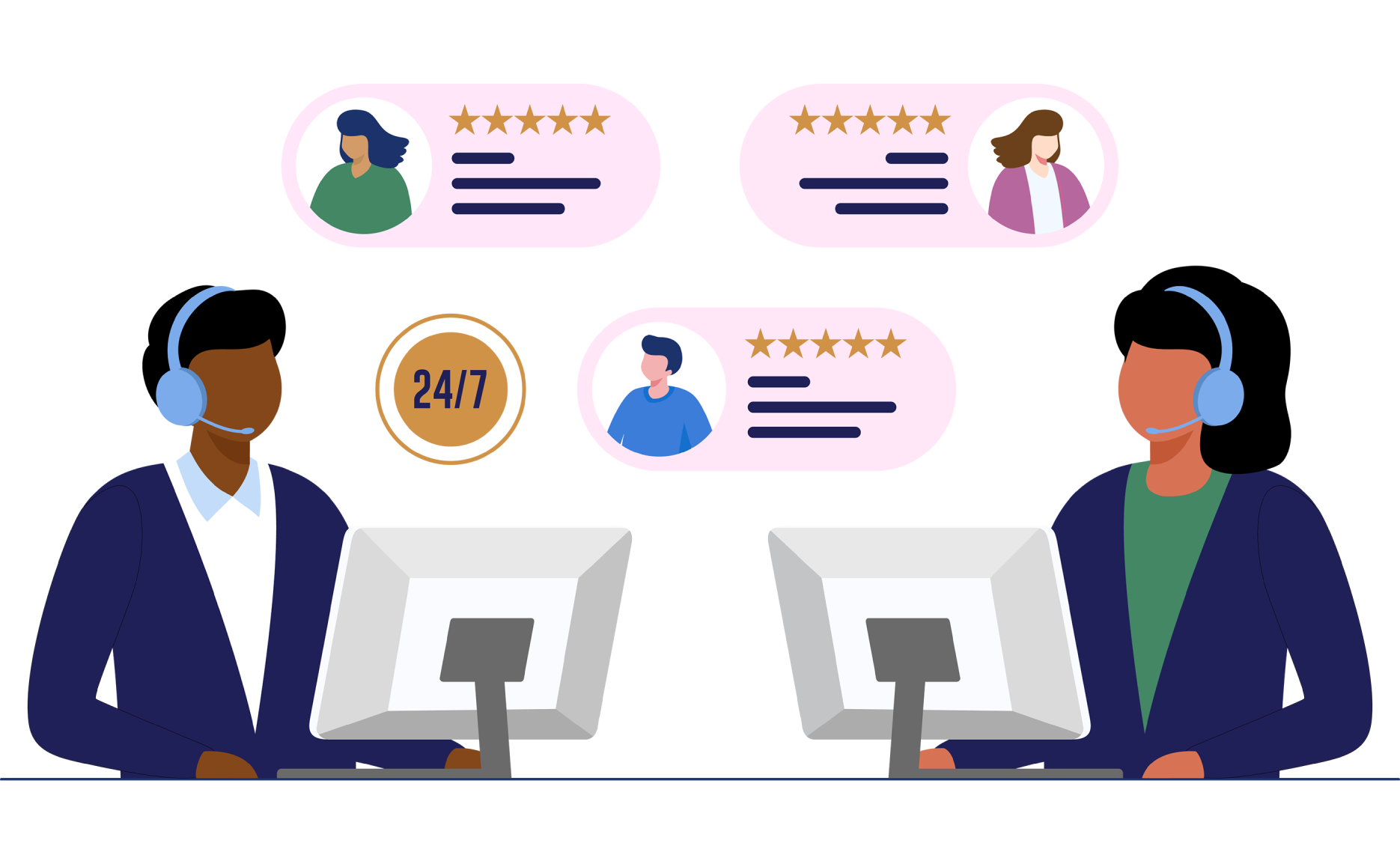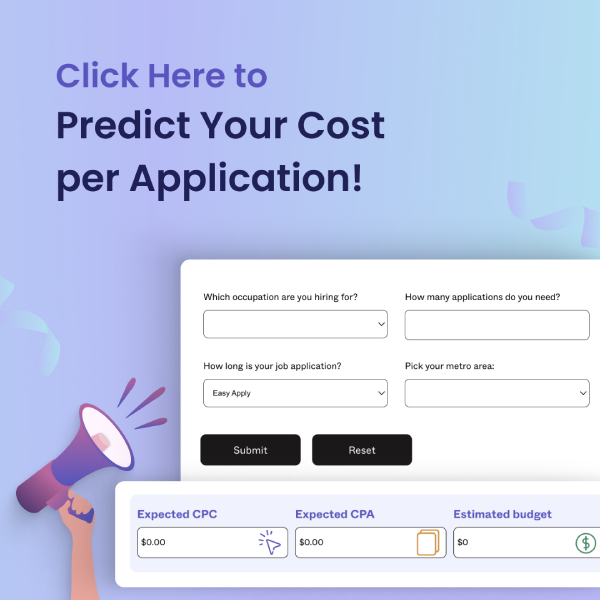We’ve all had experience dealing with customer service representatives (CSRs)! These wonderful folks – nearly three million of them – work across a plethora of industries, handling complaints, processing orders, and answering questions. One might even call them the unsung heroes of our consumer-driven world… However, due to several shifts, CSR job openings are slated to decline 4% through 2031. Despite this, thanks to occupational drain, we’ll still see a whopping 389,000 openings per year. Surprised? Well, we kinda were too!
Yes, yes. The robots are taking some jobs. And online self-service options are definitely on the rise. But, interestingly, the occupation is shifting in response and finding new and exciting ways to use customer service representatives. Complex queries – sales, service, loyalty, and refunds – will remain with the humans. These high-touch services demand a level of empathy and understanding that AI can’t match (yet) in order to keep those customers singing songs of praise.
So, ready to call more great-fit CSR candidates to your funnel, at the most optimal cost?
It’s time to let Joveo’s data do the talking!



















